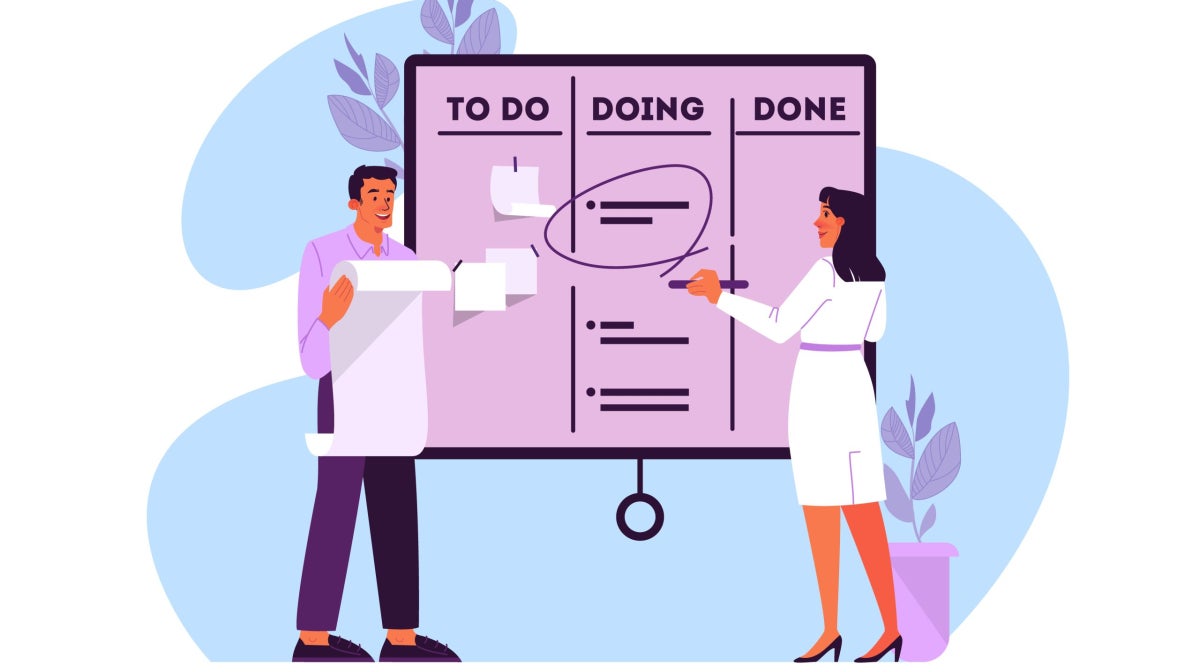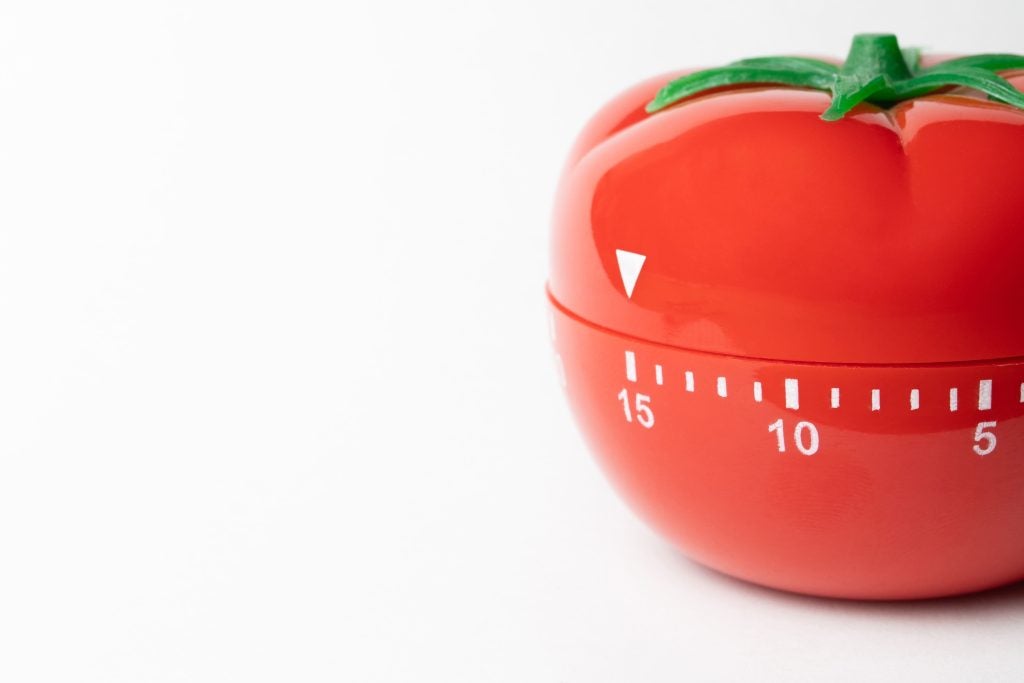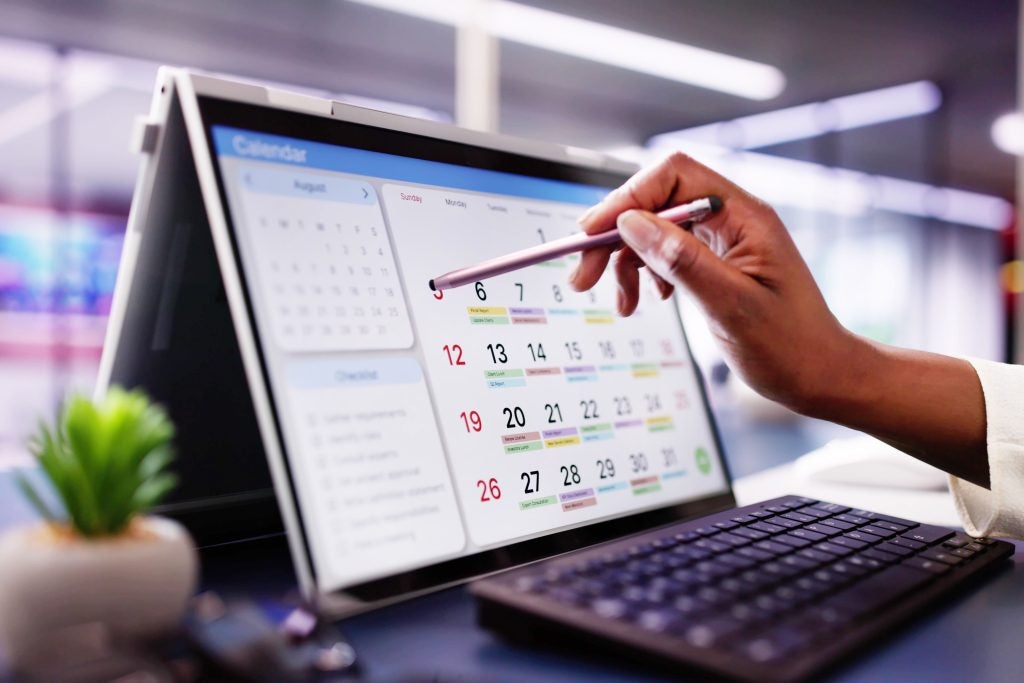How To Increase Productivity In 2025: 5 Time Management Techniques

Time management can often feel like the elusive key to unlocking more hours in the day. Many of us struggle with procrastination, distractions, and the overwhelming feeling that there’s always too much to do and too little time to do it. But here’s the good news: you don’t have to work harder to be more productive. By adopting a few simple but powerful time management strategies, you can achieve more with less stress.
In this blog, we’ll explore five proven time management strategies that can help you regain control of your time, boost your productivity, and finally make those long to-do lists feel more manageable. Let’s dive in!
1. The Pomodoro Technique: Focus and Refresh
One of the most well-known time management techniques, the Pomodoro Technique, is perfect for anyone who struggles with staying focused for long periods of time. Developed by Francesco Cirillo in the late 1980s, the Pomodoro Technique breaks work into short, focused intervals, called "Pomodoros," followed by a break.
How It Works:
Step 1: Choose a task you need to work on. Step 2: Set a timer for 25 minutes (this is one Pomodoro). Step 3: Work on the task with full focus for the entire 25 minutes. Step 4: When the timer goes off, take a 5-minute break to refresh (grab a snack, stretch, or take a short walk). Step 5: Repeat the cycle. After four Pomodoros, take a longer break of 20–30 minutes.
Why It Works:
The beauty of the Pomodoro Technique lies in its simplicity. By working in short bursts, you avoid the mental exhaustion that often comes with long, uninterrupted work sessions. The regular breaks help you stay energized and maintain a high level of focus throughout the day. Plus, knowing that you only have to focus for 25 minutes at a time makes starting the task seem less daunting.
Tips for Success:
- Use a dedicated Pomodoro timer or app to keep track of your work and break intervals.
- During your 25-minute work period, eliminate all distractions—put your phone on silent, close unnecessary tabs, and let others know you’re in “focus mode.”
- Don’t be tempted to extend the Pomodoro beyond 25 minutes. If you’re deeply immersed in the task, use the 5-minute break to mentally reset before continuing.
2. The 80/20 Rule (Pareto Principle): Work Smarter, Not Harder
The Pareto Principle, also known as the 80/20 Rule, is a powerful time management tool that encourages you to focus on what truly matters. According to this rule, 80% of your results come from just 20% of your efforts. This means that a small portion of your tasks will contribute the majority of your success.
How to Apply It:
Step 1: Look at your to-do list and identify the tasks that will have the greatest impact on your goals. Step 2: Focus your energy on completing these high-impact tasks before tackling the less important ones. Step 3: Delegate, delay, or even eliminate tasks that aren’t contributing to your main objectives.
Why It Works:
By focusing on the 20% of tasks that generate the most value, you can reduce wasted effort and time spent on low-priority items. This strategy ensures that your time is spent on what truly moves the needle, leaving less room for busywork.
Actionable Tip:
Take a moment at the start of your day or week to evaluate which tasks are truly important and which ones are not. Prioritise your “big-ticket” items and don’t let smaller, less important tasks bog you down.

3. Getting Things Done (GTD): Clear Your Mind, Clear Your Tasks
David Allen’s Getting Things Done (GTD) method is perfect for those who feel overwhelmed by the sheer volume of tasks they have to manage. GTD helps you clear mental clutter by organizing tasks and focusing on one thing at a time.
How It Works:
Capture: Write down everything you need to do. No task is too small or insignificant. Clarify: Break larger tasks into actionable steps. If a task requires more than one action, break it down further. Organise: Group similar tasks together, set deadlines, and prioritise your list. Reflect: Regularly review your list to ensure you’re staying on track. Engage: Focus on the task at hand, knowing exactly what needs to be done and what the next step is.
Why It Works:
The key to GTD is its ability to clear mental space. Instead of trying to remember everything you need to do, GTD lets you capture all of your thoughts and tasks in one place. This gives you the mental clarity you need to focus on the work itself, not on recalling your to-do list.
Practical Tip:
Set up a task management system or app to capture everything you need to do. Whether it’s an app like Todoist or a simple spreadsheet, having all your tasks in one place will help you prioritise and stay organised.
4. Eat the Frog: Tackle Your Toughest Tasks First
The "Eat the Frog" method is based on a famous quote from Mark Twain: “If it’s your job to eat a frog, it’s best to do it first thing in the morning.” Essentially, this principle is about tackling your hardest or least desirable task first, before you have the chance to procrastinate.
How It Works:
Step 1: Identify the hardest or most unpleasant task on your list. This is your "frog." Step 2: Get it out of the way first thing in the morning, before other tasks can distract you. Step 3: Once the tough task is complete, everything else will seem easier.
Why It Works:
When you finish the hardest task of the day early, you feel a sense of accomplishment that sets a positive tone for the rest of the day. Plus, once the "frog" is gone, the smaller, less stressful tasks are much easier to tackle. It prevents procrastination and makes you more confident about the rest of your work.
How to Apply It:
Look at your to-do list and identify the task that you’ve been avoiding the most. This is usually the one you should tackle first. The longer you delay, the more daunting it becomes, so don’t waste time—just dive in!
5. Time Blocking: Structure Your Day for Maximum Focus
Time blocking is a simple yet powerful technique where you allocate specific blocks of time to different tasks or activities. This helps create structure in your day, ensuring that you focus on what’s important and avoid distractions.
How It Works:
Step 1: Look at your calendar or planner and divide your day into blocks of time. Step 2: Assign a specific task or activity to each block, whether it’s focused work, meetings, or breaks. Step 3: Stick to the time blocks as closely as possible. When a block is over, move on to the next task.
Why It Works:
Time blocking reduces distractions and helps you stay focused because you know exactly what you should be working on and when. It also helps prevent multitasking, which often leads to decreased productivity. When you time block, you dedicate your full attention to one task at a time.
Pro Tip:
Be realistic when assigning tasks to time blocks. Don’t overestimate how much you can get done in a short amount of time. Also, make sure to include buffer periods for unexpected interruptions or tasks that might take longer than expected.
Conclusion
Mastering time management doesn’t have to mean squeezing more hours into your day. With the right strategies, you can get more done in less time, reduce stress, and feel more accomplished. By incorporating techniques like the Pomodoro Technique, the 80/20 Rule, Getting Things Done, Eat the Frog, and Time Blocking into your routine, you’ll quickly find yourself working smarter, not harder.
Remember, the key to time management is consistency. Start small by implementing one or two strategies, and gradually build up as you become more comfortable. Soon, you’ll be in control of your time and your productivity—no more feeling overwhelmed by an endless to-do list.
Which time management strategy will you try first? Let us know in the comments below!












